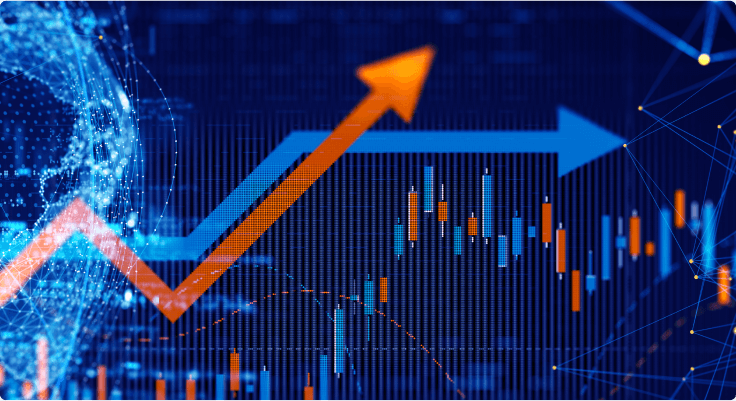Bitcoin’s meteoric rise in 2020 was eclipsed only by its dramatic correction in early 2021. The cryptocurrency rose by 300% in 2020, and proceeded to breach the US$40,000 mark on January 3, briefly touching US$41,000. Within the next week, it proceeded to plunge below US$30,000, before recovering to US$34,000.
Here’s what you need to know about cryptocurrencies like Bitcoin and investing in them.
What are Cryptocurrencies?
Cryptocurrencies are virtual or digital currencies that are based on a decentralised network of computers, called blockchain. That means, cryptocurrencies are neither issued by nor regulated by a central bank or government, and can exist independently from them.
The most well known of these cryptocurrencies is Bitcoin, which was launched in 2009 by a person (or a group of persons) under the pseudonym “Satoshi Nakamoto”. The success of Bitcoin sparked the creation of other cryptocurrencies, or altcoins, including Ethereum, Litecoin and Ripple.
Ethereum is a blockchain based software platform launched in 2015, that is used in value exchange. Its token is called Ether, and it is the second largest cryptocurrency by market capitalisation, after Bitcoin.
Why are cryptocurrency markets so volatile?
To be sure, cryptocurrencies like Bitcoin is no stranger to extreme volatility. Back in late 2017, Bitcoin first hit a record US$20,000, then plunged quickly to US$7,500. A year later, bitcoin prices were at a low of US$3,500 before rallying again in 2019 and 2020.
Some market watchers noted that the recent rally could have been accelerated by the entry of new mainstream institutional investors, as well as the perception of Bitcoin as a hedge against inflation, much like gold.
The changing perception has also benefited other cryptocurrencies like Ether. The digital token on the Ethereum blockchain rose to an all time high of US$1,476 on January 25, even as Bitcoin was in the midst of a major correction.
That being said, there continues to be concerns about the use of cryptocurrencies in illegal activities and technological glitches, the latter which has been disputed by Bitcoin advocates. Its extreme short- term volatility also remains a concern for the investment community.
On the other hand, its long-term outlook offers a silver lining for the digital currency market.
Long term outlook of cryptocurrencies
Mooris Tjioe, investment analyst at Phillip Futures, is bullish on the long-term outlook for cryptocurrencies, largely due to macro-economic factors.
Easy monetary conditions have made investors worried about how to protect their wealth from inflation and many people now recognise that specific features of cryptocurrencies can help make it an effective hedge against inflation.
For example, Tjioe has observed a renewed interest among Argentinean citizens in Bitcoin, as confidence in the peso was shaken by high inflation year after year and Argentineans fled from the peso to stronger currencies, in order to preserve their wealth.
The buying of Bitcoin by institutional investors in response to the trillions of dollars in quantitative easing by the Federal Reserve, the Bank of Japan (BOJ), and the European Central Bank (ECB), is yet another signal of their expectation that inflation will rise in the near future.
Risks of investing in cryptocurrencies
There are a number of ways in which investors can participate in the cryptocurrency market. That includes buying the cryptocurrency, or participating in it through cryptocurrency index funds, cryptocurrency ETFs, and cryptocurrency trusts.
Investors might also opt to trade cryptocurrencies through Contracts for Difference (or CFDs) to hedge their existing cryptocurrency holdings against short term price volatility. CFDs are leveraged products that are available to trade through proprietary CFD providers or on multi-asset platforms like the MetaTrader 5, or MT5.
Here’s how CFDs can be used as a hedge. A Bitcoin owner might believe that Bitcoin prices are likely to fall soon but decides not to sell his holdings as he remains bullish in the long term. In this scenario, he might choose to enter a short position though CFDs to ride out the near-term volatility. When the market resumes its uptrend, he could then choose to close his short position.
That said, it is clear that investment in cryptocurrency is not for the faint hearted. Tjioe notes that cryptocurrencies tend to have a very long outlook, with very discouraging volatility in between market peaks that could span many years.

At the same time, he explains that the intrinsic value of cryptocurrencies is still poorly understood. It is unclear what the fair value of one Bitcoin really is. Furthermore, as cryptocurrencies have publicly accessible ledgers, there are many technical indicators unique to them – also known as on-chain metrics. Investors need to take time to understand them, or they would be investing blindly.
As a final reminder, Tjioe tells investors to keep their investment objectives and risk profiles in mind, and stay away from the asset class – even in light of its potential returns – if it is unsuitable for their needs.








